
The TWA UK heritage digitisation grant scheme ran for its fourth year in a row this July/August and we reached a record number of archivists and holders of heritage material. It was great to see so many organisations on board with promoting this initiative, which aims to reduce one of the biggest hurdles for holders of heritage archives. Funding is often a real barrier when it comes to protecting collections and holdings through digitisation while accessibility is a matter of great public importance. So it is thanks to the support received and the many incredibly high-quality applications that made 2019 a buzz of grant-related activity.
We now have pleasure in announcing that the winners of this year’s £6,000 primary grant are the National Brewery Heritage Trust for their online archive project which seeks to digitise industry related archives and artefacts consisting of around 500,000 items, spanning over 250 years. The Trust are looking to protect and preserve these entirely unique archives for future generations and move towards making them more visible and accessible to the public, whilst producing an on-line digital catalogue listing the entire contents of the archives and artefacts.
Our secondary winners of £3,000 are the Alpine Club Library who wish to digitise official papers in order to enhance their catalogue entries. The material is entirely unique, offering a wonderful insight into early mountaineering and the developments of this through the twentieth century. It is hoped that this aspect of the collection will be digitised and made available online in order to support research within this truly fascinating field.
There were also a number of institutions that made it onto the shortlist too, securing match funding of £500 each to put towards their own digitisation projects.
You can watch the announcement video and hear a little bit more about the projects from the successful winners themselves here:
We wanted to take this opportunity to extend our gratitude and provide you with the great news and, for all applicants who were not successful this time around, there’s always 2020 when we will be running our grant again!



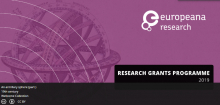
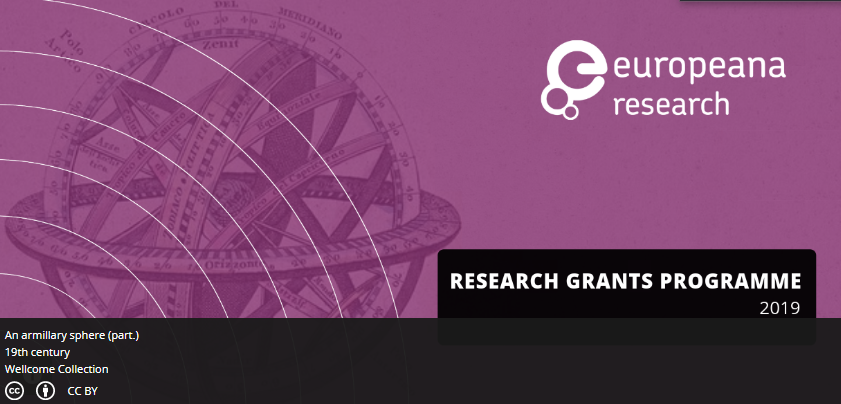
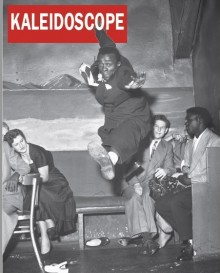
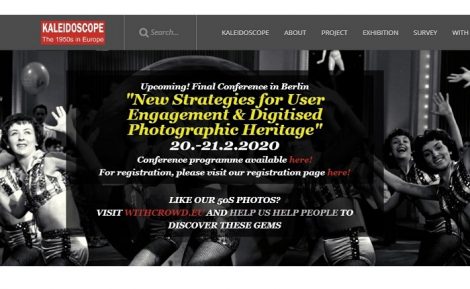


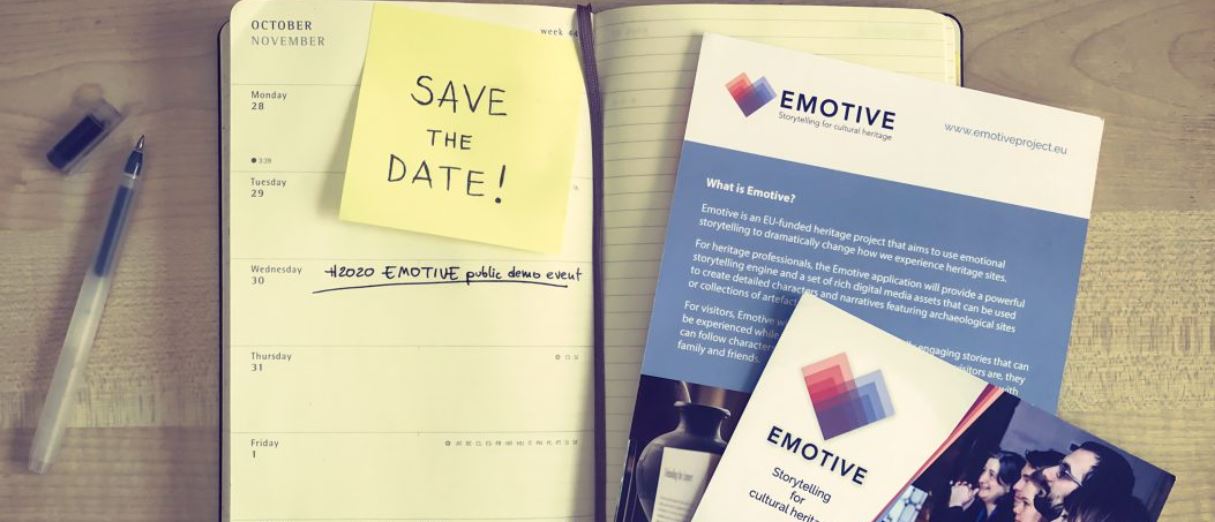

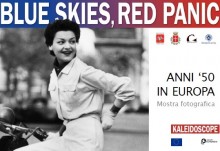
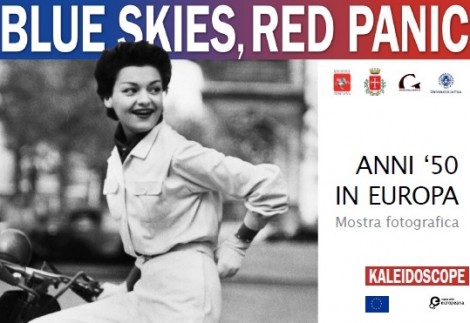



















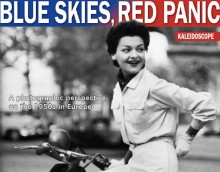
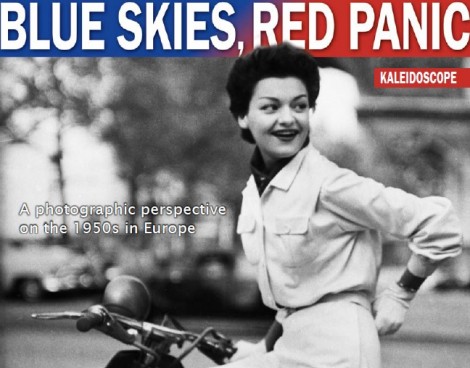 Much like scents, flavours and music, photographs are powerful triggers of memory. So what better medium to recall a past as recent and as visually recognizable as early postwar Europe…? For about a year, the consortium involved in the EU-funded project ‘Fifties in Europe Kaleidoscope’ has been diving into collections of libraries, archives and commercial agencies across Europe, to trace the tracks of the fifties in photography.
Much like scents, flavours and music, photographs are powerful triggers of memory. So what better medium to recall a past as recent and as visually recognizable as early postwar Europe…? For about a year, the consortium involved in the EU-funded project ‘Fifties in Europe Kaleidoscope’ has been diving into collections of libraries, archives and commercial agencies across Europe, to trace the tracks of the fifties in photography.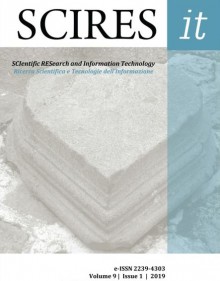
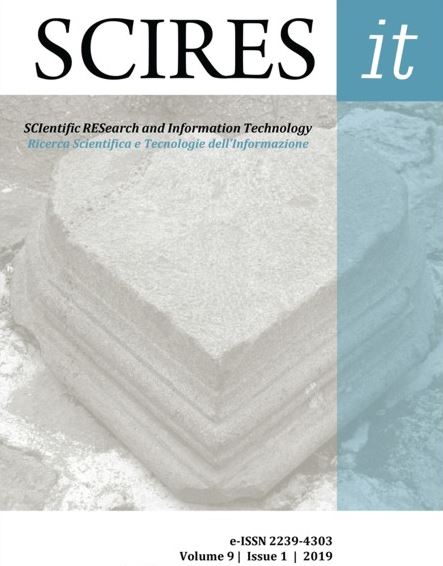 The article, written by Prof. Neil Forbes and Prof. Silvana Colella (both from Coventry University, REACH project coordinator and leader of the sustainability and resilience Work Package) went on-line last Saturday, in the Special Edition of the SCIRES-IT Journal titled “European Year of Cultural Heritage 2018. A laboratory for heritage-based innovation”.
The article, written by Prof. Neil Forbes and Prof. Silvana Colella (both from Coventry University, REACH project coordinator and leader of the sustainability and resilience Work Package) went on-line last Saturday, in the Special Edition of the SCIRES-IT Journal titled “European Year of Cultural Heritage 2018. A laboratory for heritage-based innovation”.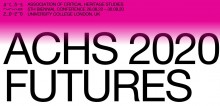
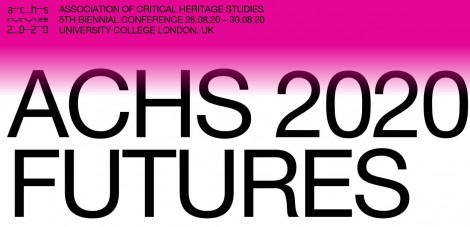
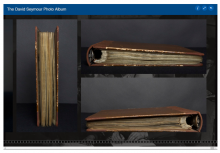
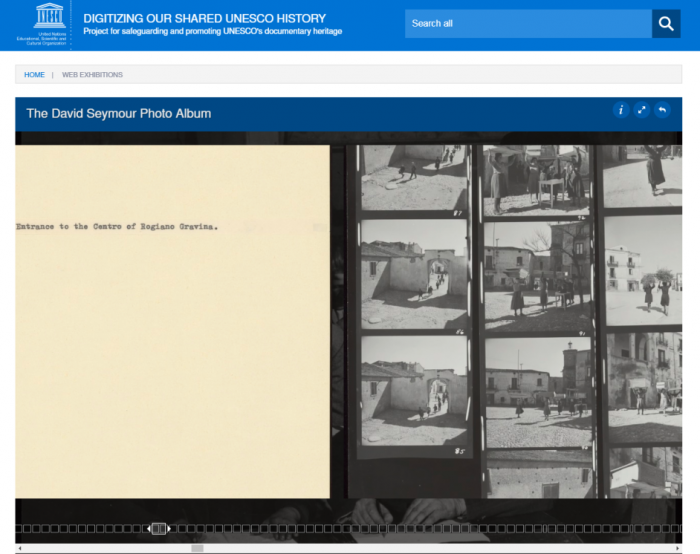
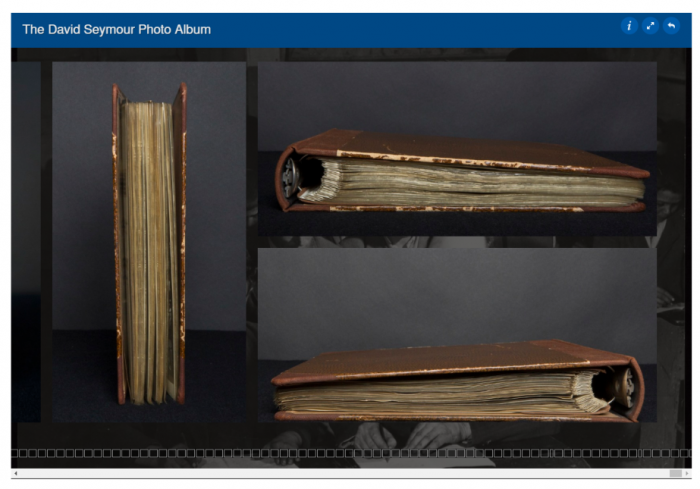
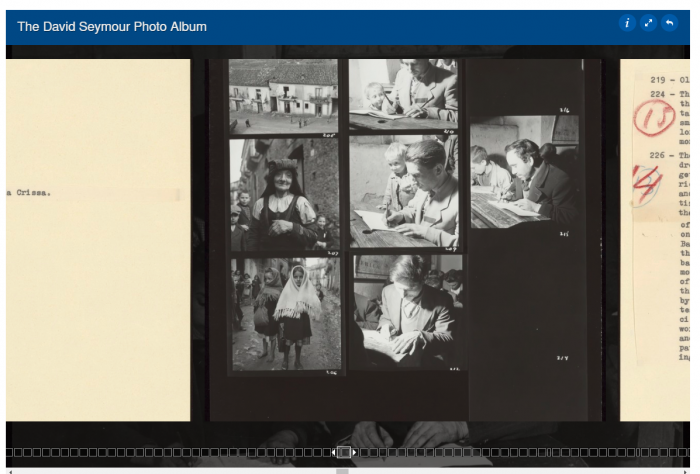
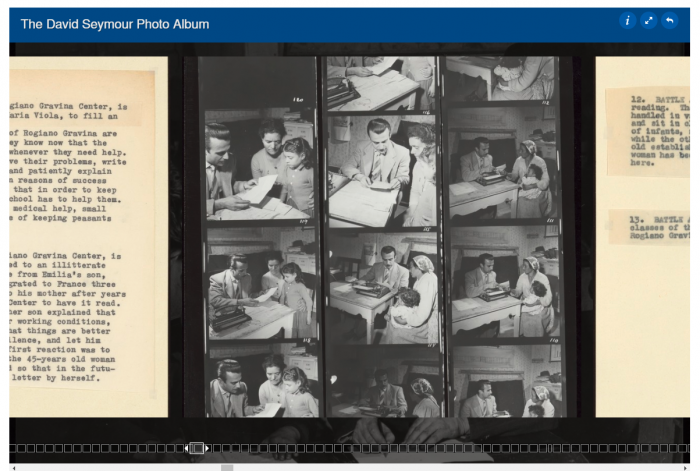
 If you have interesting news and events to point out in the field of digital cultural heritage, we are waiting for your contribution.
If you have interesting news and events to point out in the field of digital cultural heritage, we are waiting for your contribution.







































